Dark arts: Hiroshi Sugimoto thinks outside the black box
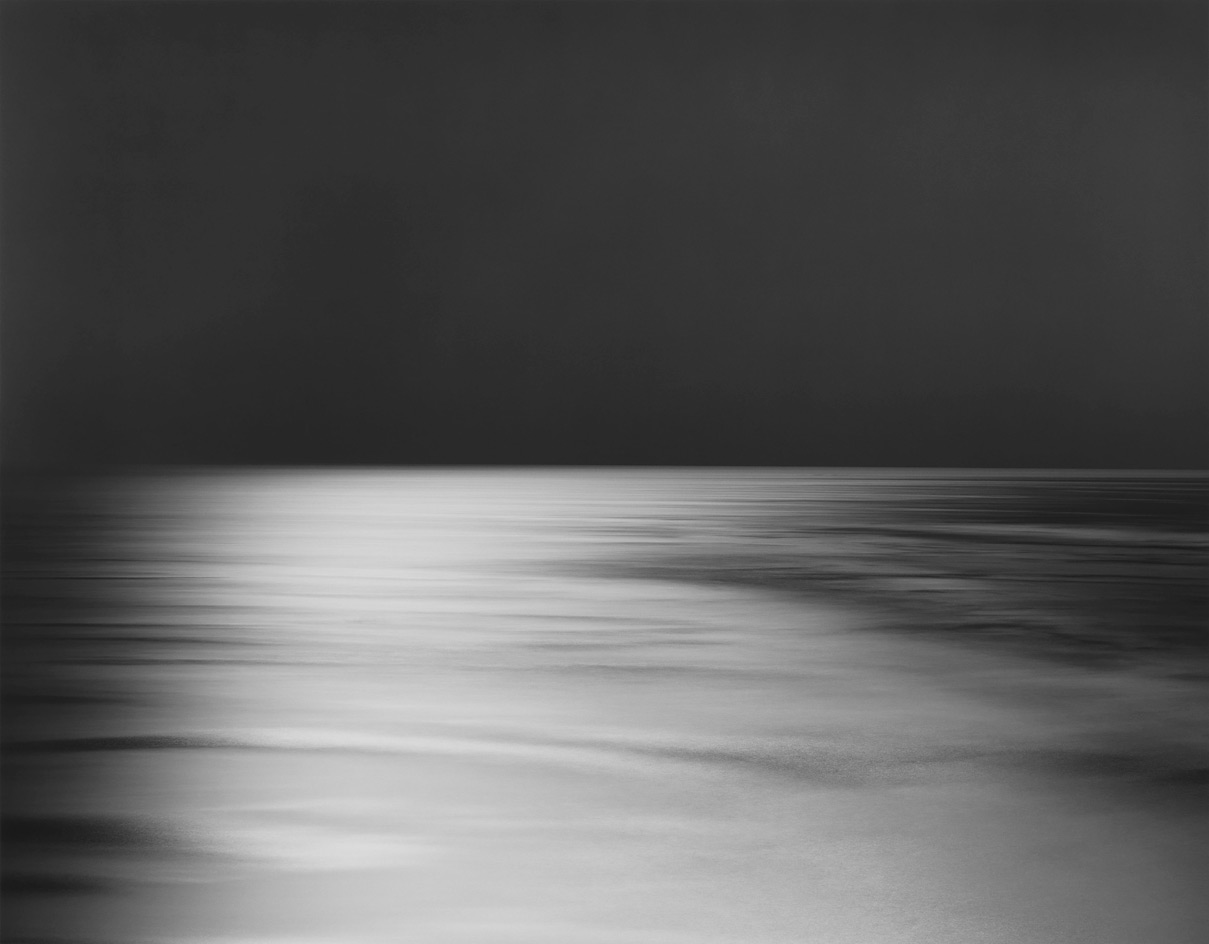
Hiroshi Sugimoto’s 'Black Box' has opened at Foam in Amsterdam, marking the third and last stop of the Japanese artist’s touring retrospective in Europe. Curator Philip Larratt-Smith explains that he opted for a title that was open to interpretation. He defines a black box as 'a camera where light is allowed to come in, printing on the negative to make the image; it can also be a coffin or the black box of an aircraft'. To wit, these multiple readings are present in the works.
Sugimoto was born in Tokyo in 1948 and left for the US to study photography in the 70s. Although surreal, his work is formalistic and uses photographic techniques to explore notions of time, empiricism and metaphysics.
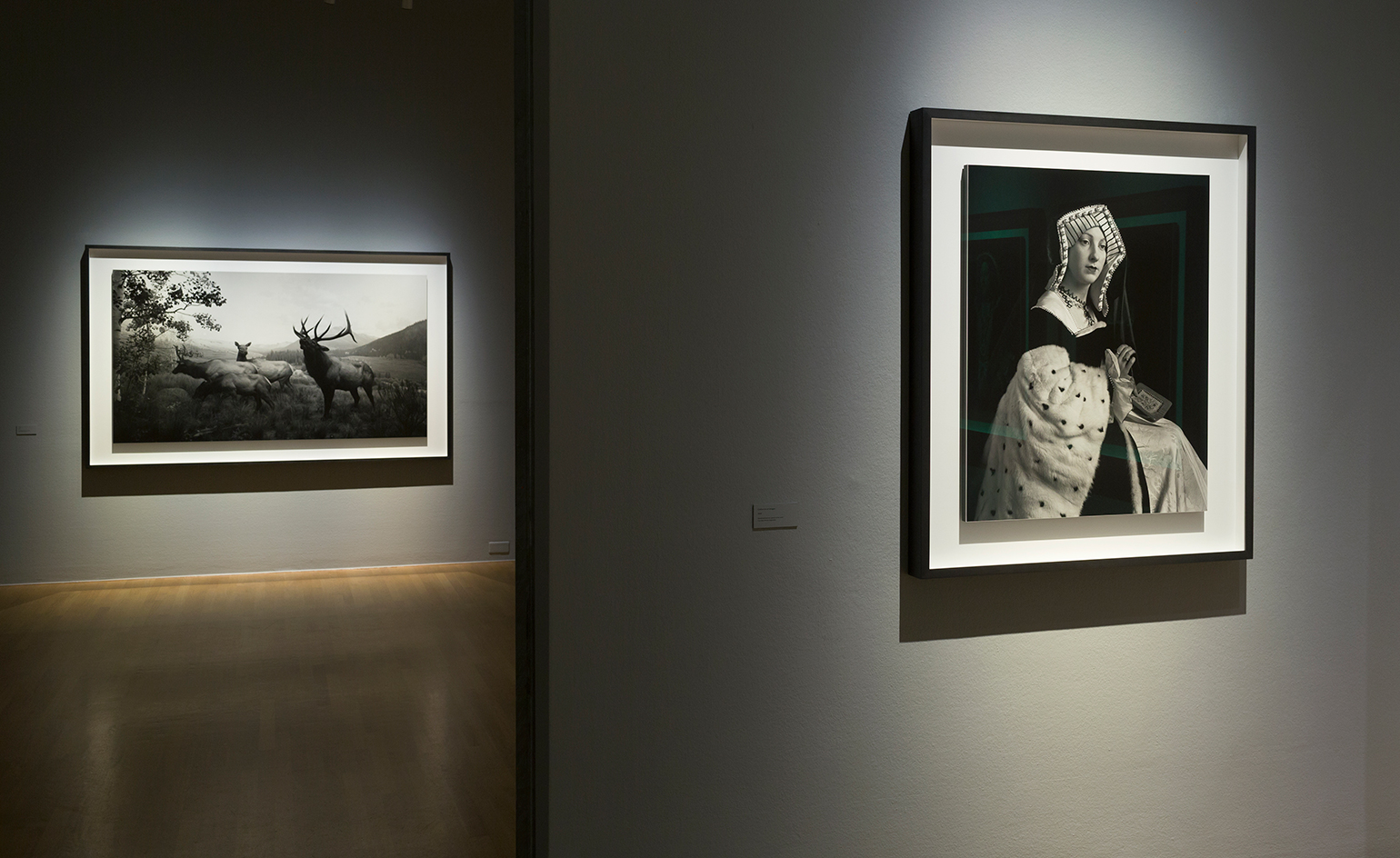
Installation view of 'Black Box' at Foam Amsterdam.
His first series on display, Dioramas, which he started in 1976, uses the camera as a ‘time machine’. Experimenting with the technical possibilities of the camera and the potential of black and white photography, he creates ‘historic landscapes’ – where fantastical images appear so authentic, they force us to question how much we can believe or know to be true.
This concept is developed further in Theaters, where Sugimoto takes movie palaces and drive-in theatres and creates photos with an open shutter, allowing the length of the movie determine the length of exposure. The blank screens are the result of the deliberate overexposure, and illuminate the darkened interiors of the theatres. What appears to be a single instant moment on the photograph is actually an accumulation of time. It is Sugimoto’s poetic manifestation of the idea of duration.
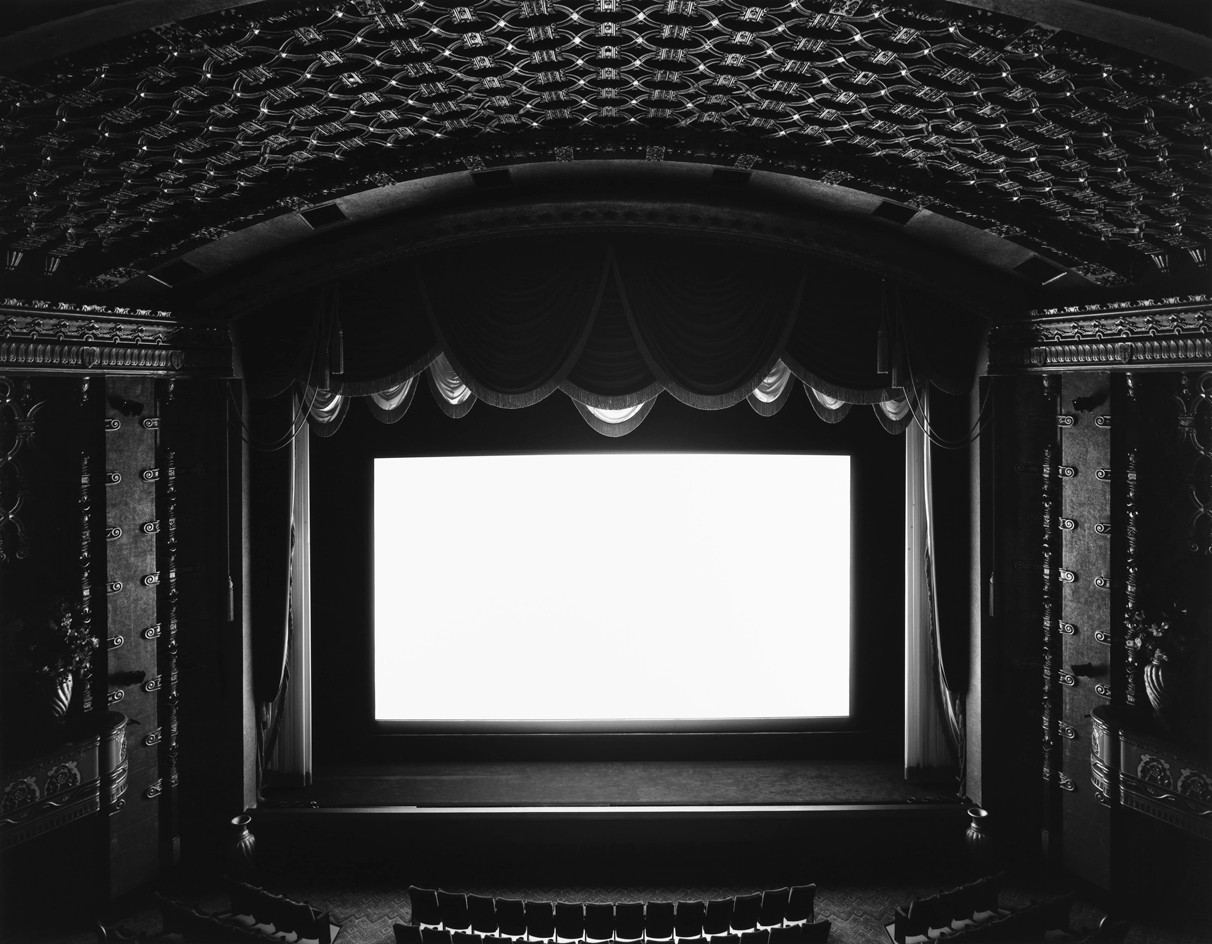
'El Capitan, Hollywood', by Hiroshi Sugimoto,1993
In 'Seascapes', Sugimoto wanders into the natural world. Here, primitive shots of the sea and sky allow him to explore the notion of time from another perspective. ‘The more I think about the sense of time, the more I think it is probably one of the key factors in how humans became humans – the awareness of the passage of time,’ Sugimoto once said in a conversation with Larratt-Smith.
‘Sugimoto is a master technician who is using analogue in the age of digital; he is using all the techniques developed over the course of history of photography to make these images,’ Larratt-Smith adds. ‘One of the things which hold all his works together is a sense of heightened reality. The images are not everyday images, they’re not like a snapshot; they are elaborate on a conceptual level, also in formal terms, so the final results are really pristine art objects.’
The five series, comprising 34 large-format works on show here, give an overview of the artist’s 40-year career, and also an impression of potential future creations. Each series is open-ended – Sugimoto’s limit is really the number of situations he encounters that meet his criteria.

Hyena Jackal Vulture, by Hiroshi Sugimoto, 1976. Courtesy of the artist
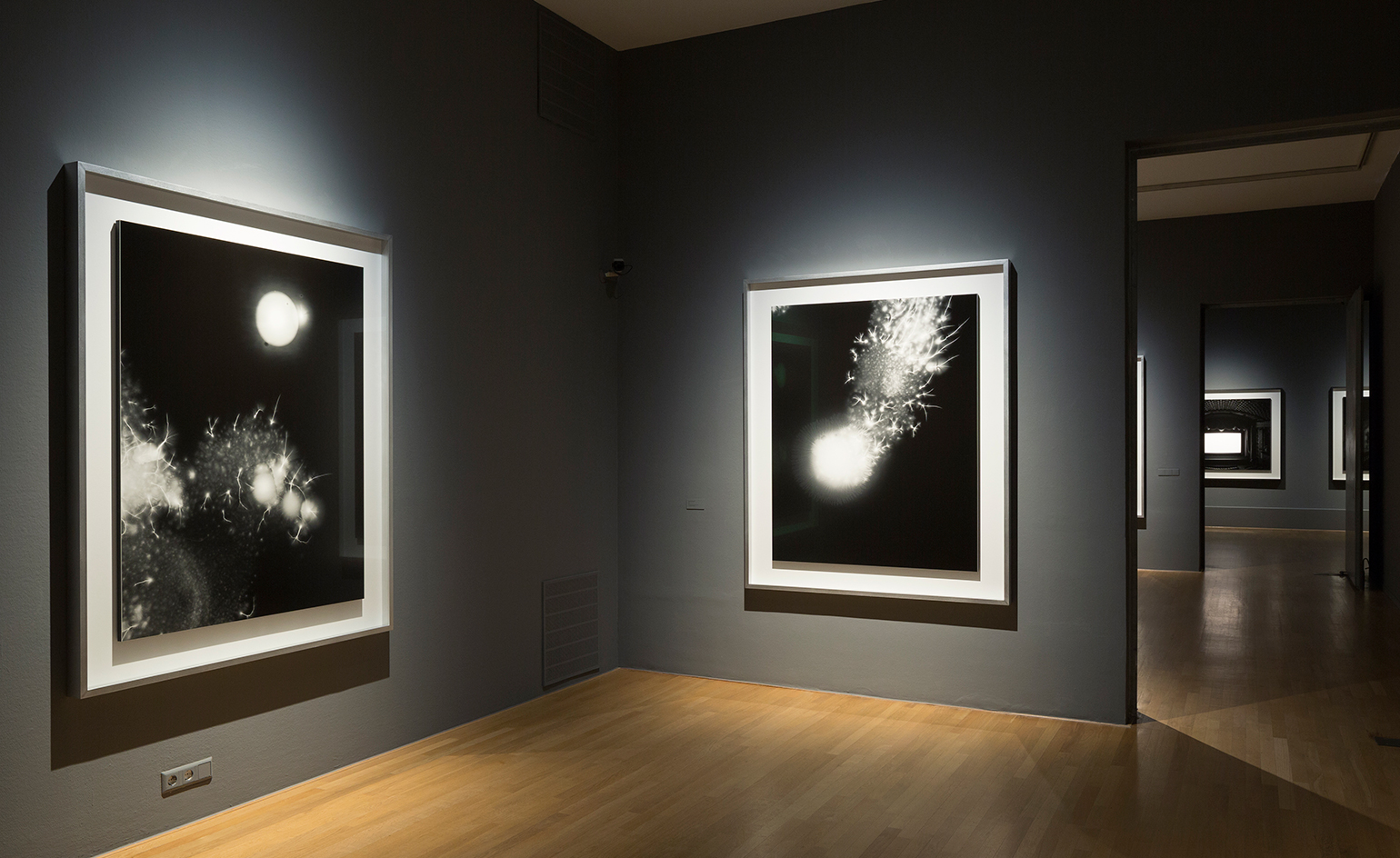
The series 'Lightning Fields', 2006–present, examines the effects of electrical discharges on photographic negatives.
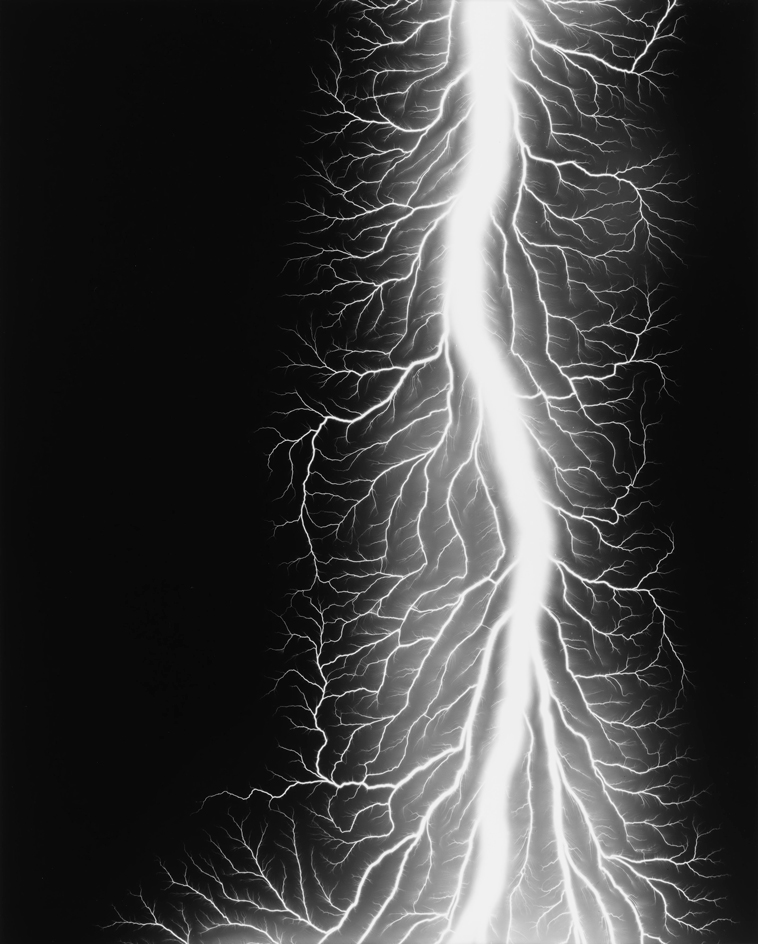
Lightning Fields 327, by Hiroshi Sugimoto, 2014. Courtesy of the artist
INFORMATION
’Black Box’ is on view until 8 March. For more information, visit the Foam website
ADDRESS
Foam
Keizersgracht 609
1017 DS Amsterdam
Wallpaper* Newsletter
Receive our daily digest of inspiration, escapism and design stories from around the world direct to your inbox.
Yoko Choy is the China editor at Wallpaper* magazine, where she has contributed for over a decade. Her work has also been featured in numerous Chinese and international publications. As a creative and communications consultant, Yoko has worked with renowned institutions such as Art Basel and Beijing Design Week, as well as brands such as Hermès and Assouline. With dual bases in Hong Kong and Amsterdam, Yoko is an active participant in design awards judging panels and conferences, where she shares her mission of promoting cross-cultural exchange and translating insights from both the Eastern and Western worlds into a common creative language. Yoko is currently working on several exciting projects, including a sustainable lifestyle concept and a book on Chinese contemporary design.
-
 All-In is the Paris-based label making full-force fashion for main character dressing
All-In is the Paris-based label making full-force fashion for main character dressingPart of our monthly Uprising series, Wallpaper* meets Benjamin Barron and Bror August Vestbø of All-In, the LVMH Prize-nominated label which bases its collections on a riotous cast of characters – real and imagined
By Orla Brennan
-
 Maserati joins forces with Giorgetti for a turbo-charged relationship
Maserati joins forces with Giorgetti for a turbo-charged relationshipAnnouncing their marriage during Milan Design Week, the brands unveiled a collection, a car and a long term commitment
By Hugo Macdonald
-
 Through an innovative new training program, Poltrona Frau aims to safeguard Italian craft
Through an innovative new training program, Poltrona Frau aims to safeguard Italian craftThe heritage furniture manufacturer is training a new generation of leather artisans
By Cristina Kiran Piotti
-
 Meet the duo using hair and photography as a medium to consider Africa and the African diaspora
Meet the duo using hair and photography as a medium to consider Africa and the African diaspora‘Strands & Structures’ makes its European debut at the Open Space Contemporary Art Museum in Amsterdam, exploring social and environmental issues in Accra, Ghana
By Gameli Hamelo
-
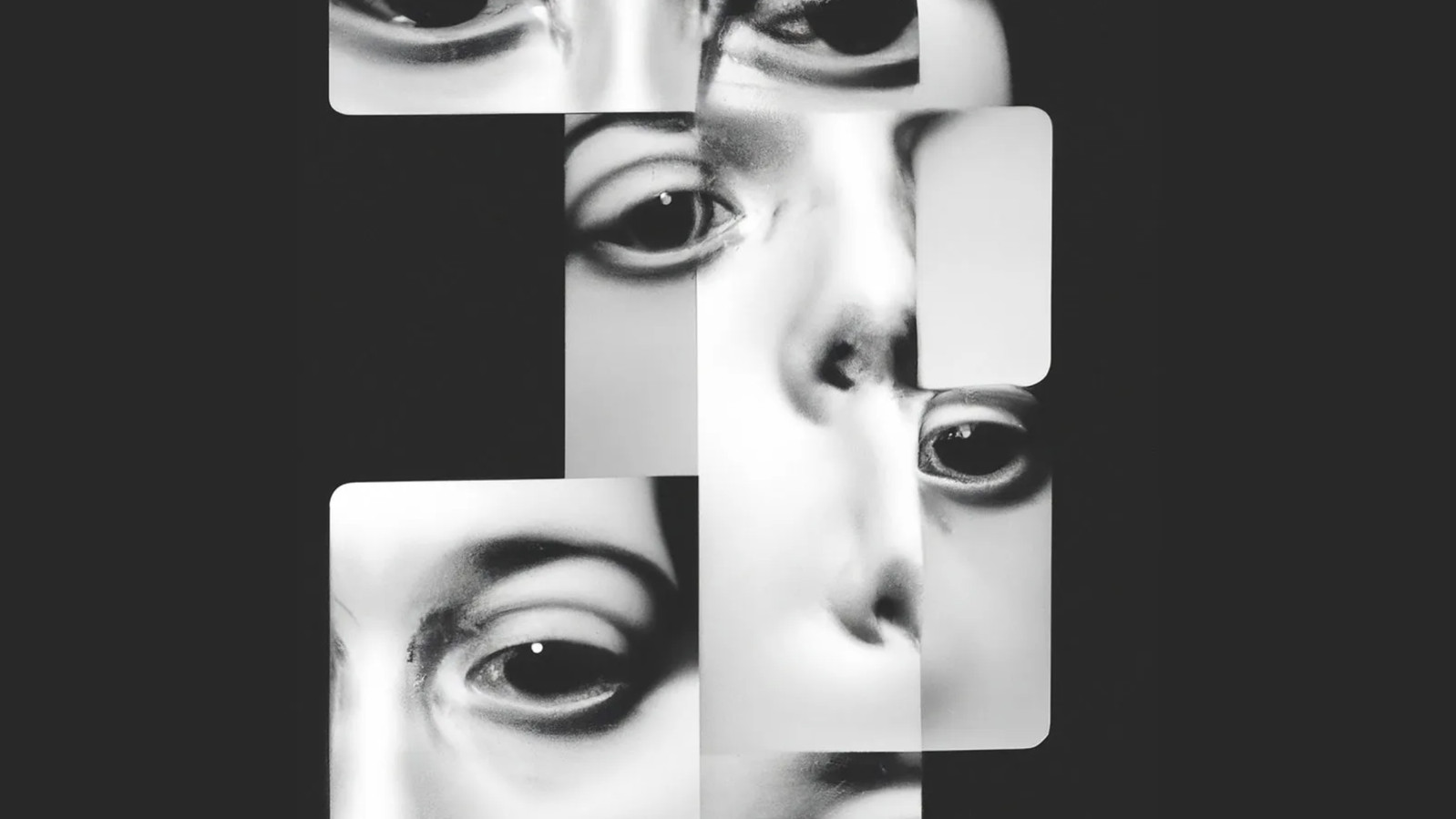 ‘The danger of AI’, photography and the future at Foam
‘The danger of AI’, photography and the future at FoamNew project ‘Photography Through the Lens of AI’ asks the big questions at Foam, Amsterdam
By Hannah Silver
-
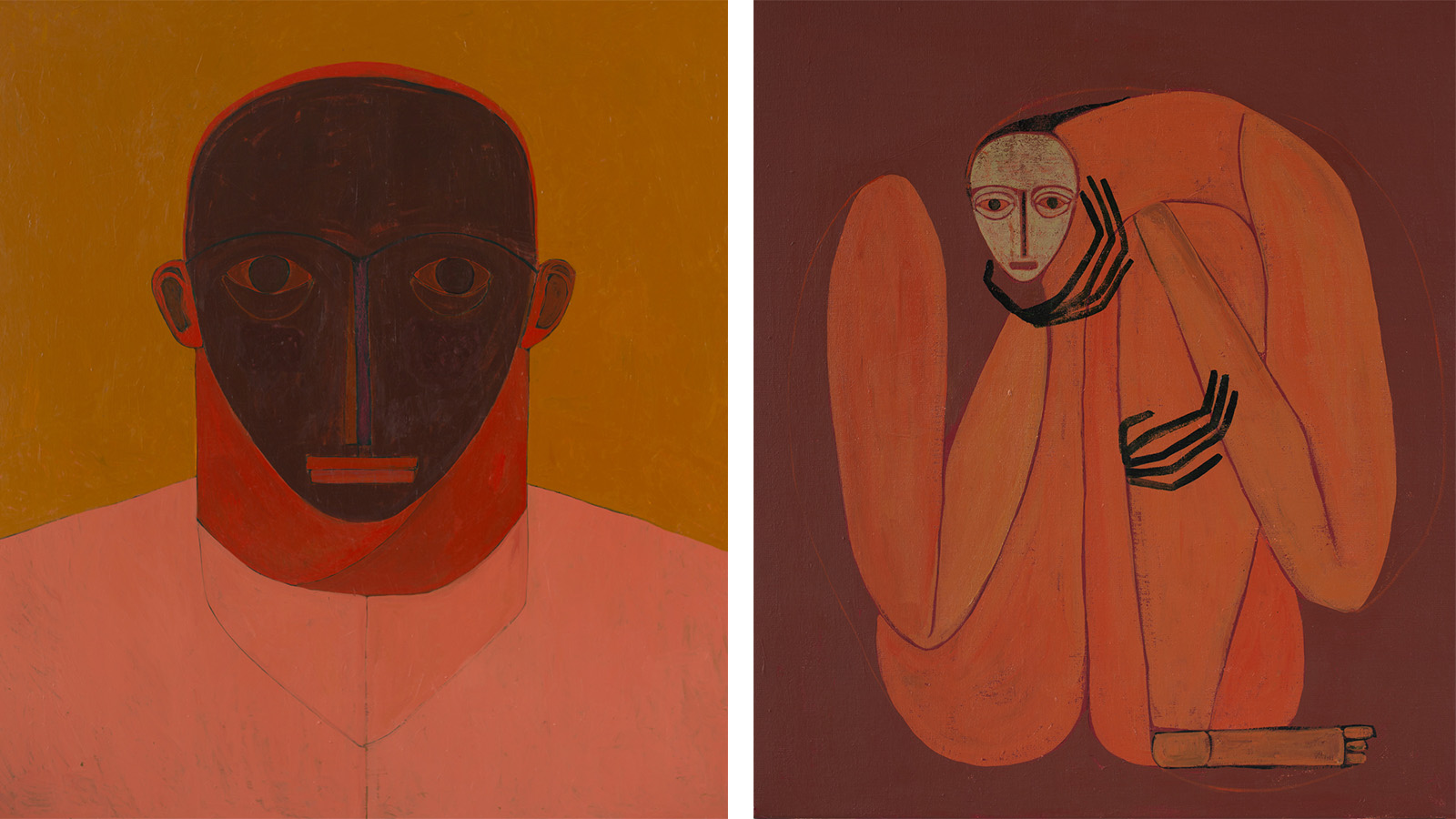 Artist Peggy Kuiper’s impactful figurative works explore her memories and emotional landscape with striking visual intensity
Artist Peggy Kuiper’s impactful figurative works explore her memories and emotional landscape with striking visual intensityPeggy Kuiper presents ‘The Conversation That Never Took Place’ at Reflex in Amsterdam, featuring over 25 new works (until 13 July)
By Simon Chilvers
-
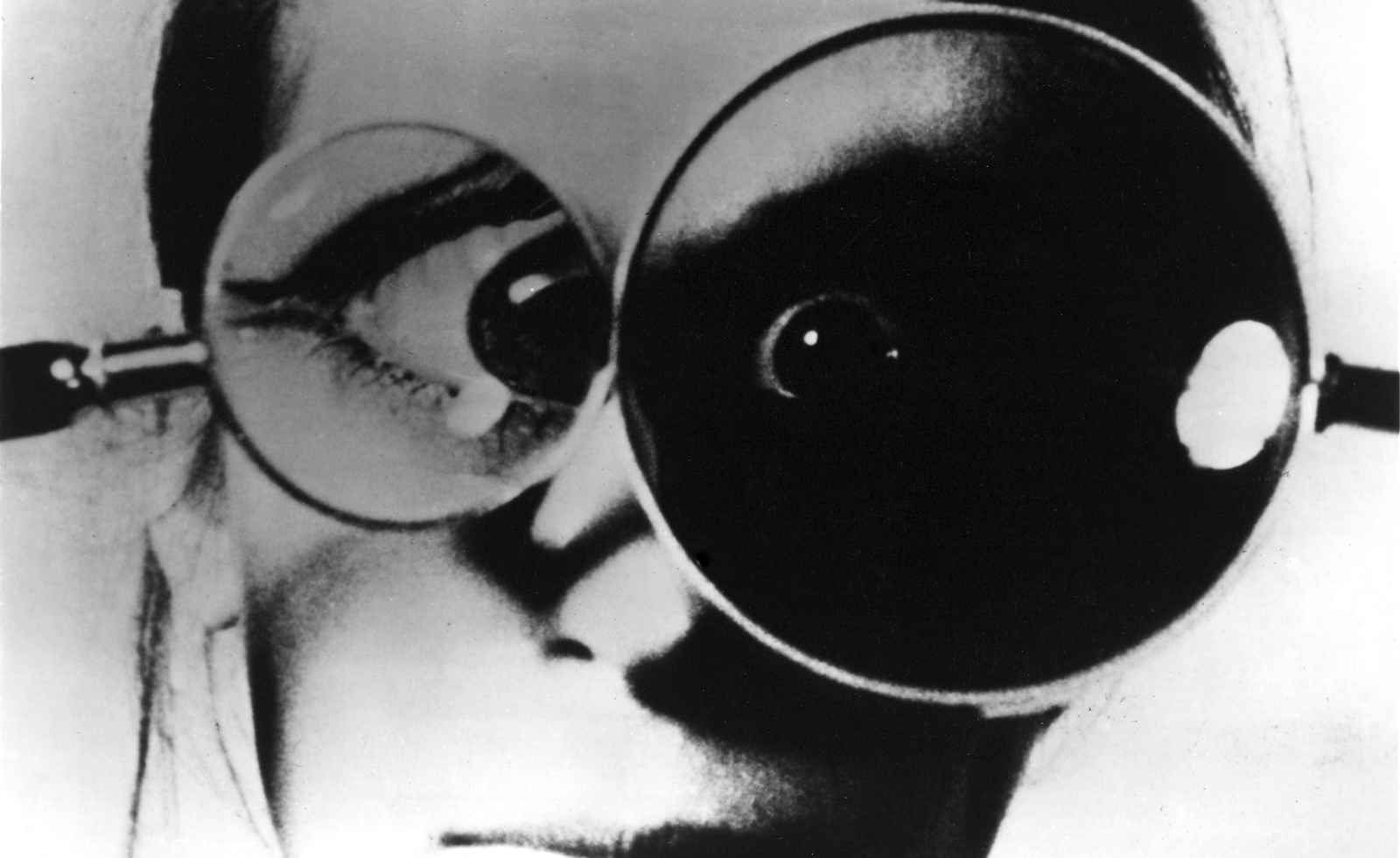 Meredith Monk’s interdisciplinary art sets all the senses singing in Amsterdam show
Meredith Monk’s interdisciplinary art sets all the senses singing in Amsterdam show‘Meredith Monk: Calling’ at Oude Kerk, Amsterdam, is both a series of concerts and a deep-dive into Monk’s eclectic oeuvre
By Hannah Silver
-
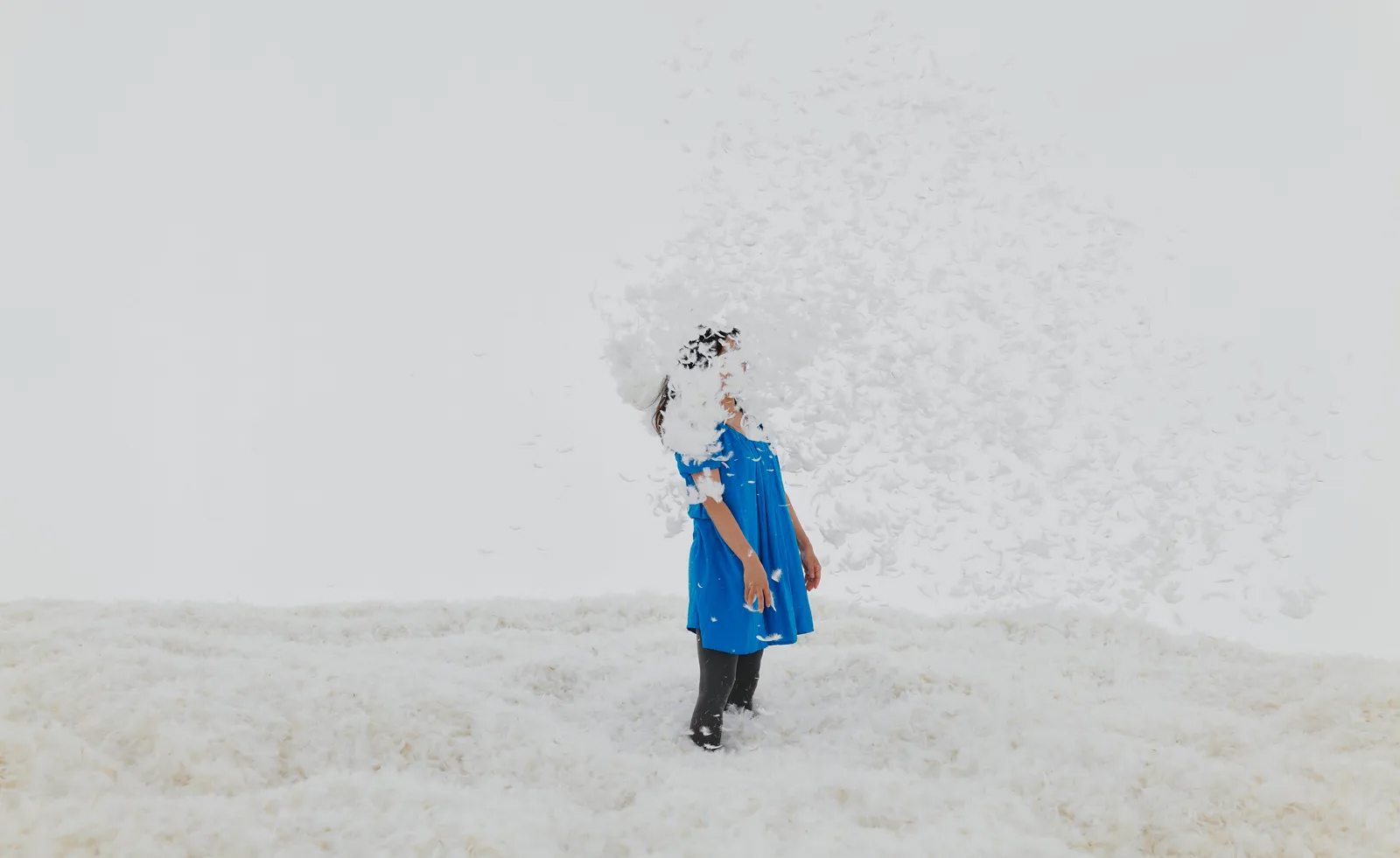 Heads up: art exhibitions to see in January 2024
Heads up: art exhibitions to see in January 2024Start the year right with the Wallpaper* pick of art exhibitions to see in January 2024
By Hannah Silver
-
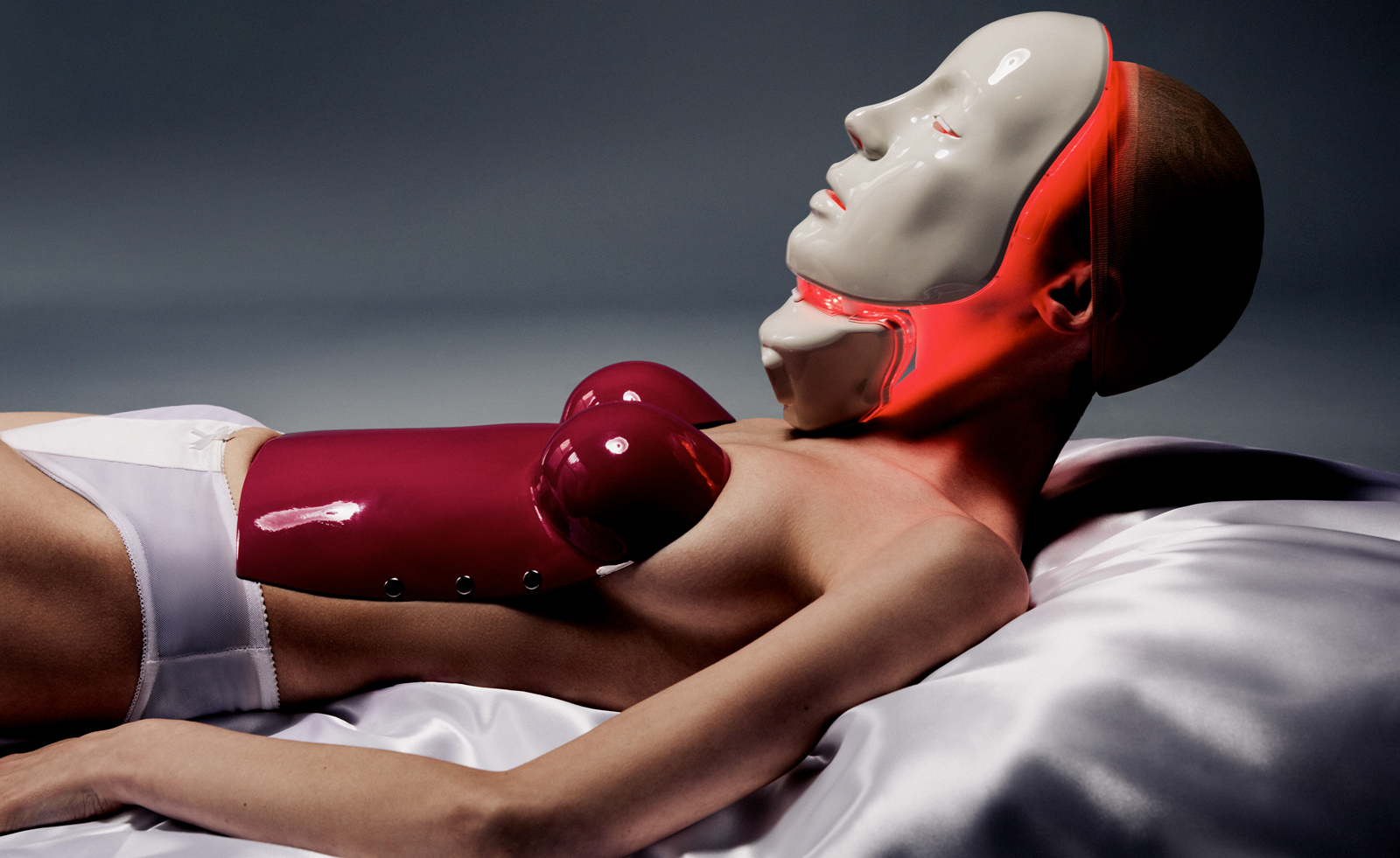 Carlijn Jacobs and Sabine Marcelis create a surreal fantasy at Foam, Amsterdam
Carlijn Jacobs and Sabine Marcelis create a surreal fantasy at Foam, AmsterdamPhotographer Carlijn Jacobs has united with Sabine Marcelis on the design of her first solo exhibition, at Foam, Amsterdam
By Hannah Silver
-
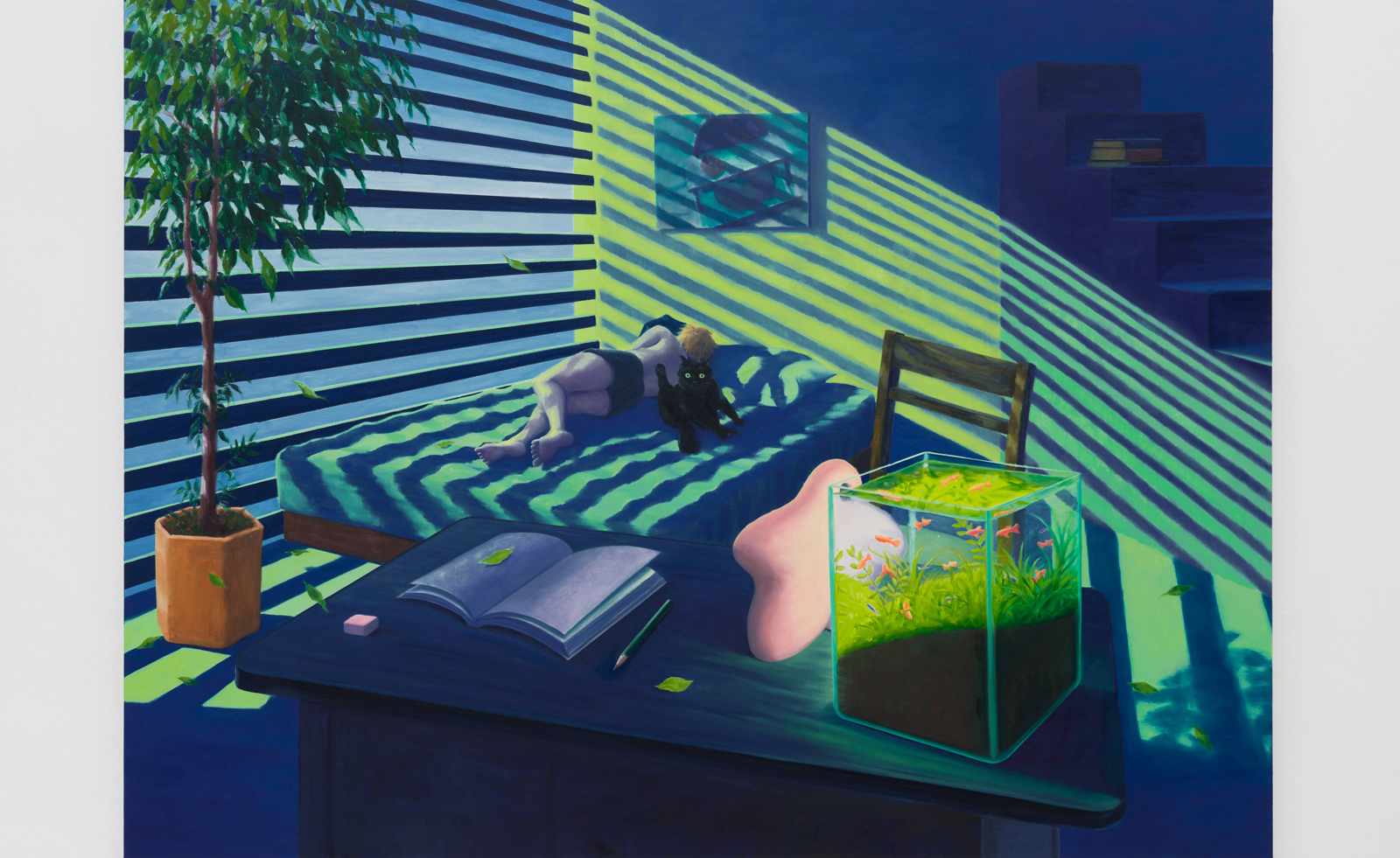 Caroline Walker curates as Grimm Amsterdam explores domesticity in art
Caroline Walker curates as Grimm Amsterdam explores domesticity in artCurating ‘The Painted Room’ at Grimm Amsterdam, Caroline Walker explores the intimacy of interiors
By Emily Steer
-
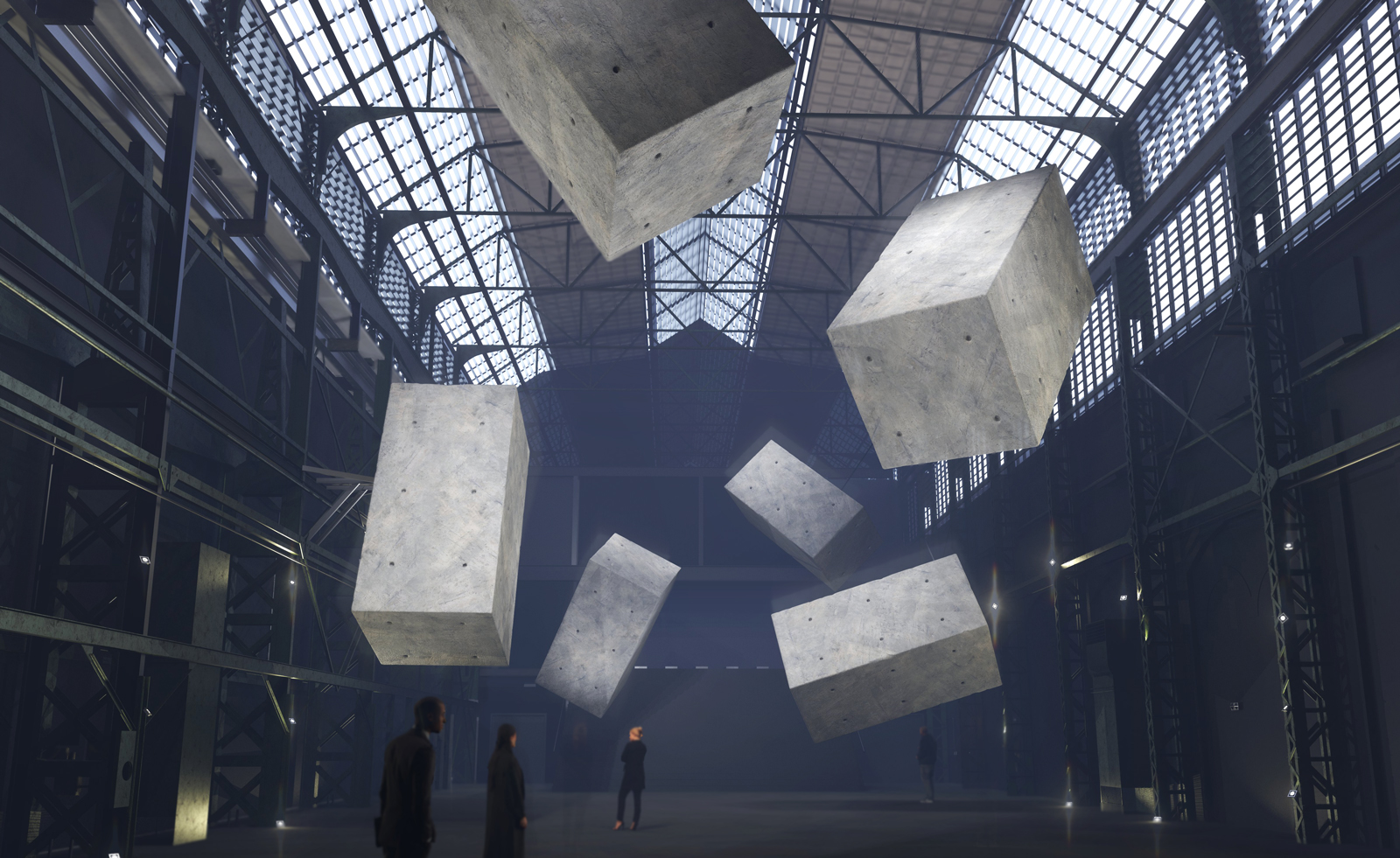 Drift Museum, a blockbusting experiential space, is set to open in Amsterdam in 2025
Drift Museum, a blockbusting experiential space, is set to open in Amsterdam in 2025Drift Museum is a collaboration between art duo Drift – aka Lonneke Gordijn and Ralph Nauta – and entrepreneur Eduard Zanen
By Hannah Silver